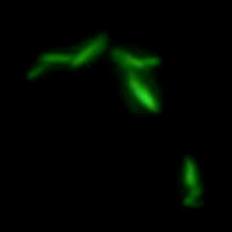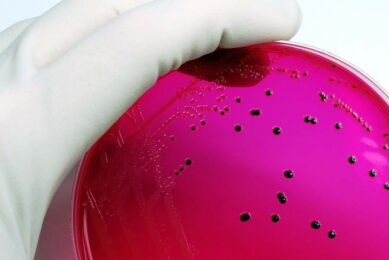Nanotechnology biosensor to detect Salmonella

Poultry meat and eggs are often the source foodborne pathogens, like salmonella. Early detection of foodborne pathogenic bacteria is critical to prevent disease outbreaks and preserve public health.
Several methods have been developed in order to detect this pathogen; however, the biggest challenges remain detection speed and sensitivity. Now, a novel nanotechnology-based biosensor is showing great potential for foodborne pathogenic bacteria detection with high accuracy.
Bosoon Park, an Agricultural Engineer at the USDA was part of a team that included scientists from the University of Georgia and the Korea Food Research Institute and that developed a novel and effective food-borne bacteria detection method.
The nanotechnology-based biosensor
“Our nanotechnology based biosensor has shown great potentials for protein, virus, and bacteria detection with high sensitivity and high resolution,” says Dr Yiping Zhao, an Associate Professor of physics at the University of Georgia. “This bio-functional hetero-nanorod detection method has great potential in the food safety industry as well as in biomedical diagnostics.”
The research team, which also included Dr Ralph A. Tripp from the Department of Infectious Diseases at the University of Georgia, fabricated a hetero-structured silicon/gold nanorod array by the glancing angle deposition (or GLAD) thin film method and functionalised it with anti-Salmonella antibodies and organic dye molecules. Due to the high aspect ratio nature of the silicon nanorods, dye molecules attached to the silicon nanorods produce an enhanced fluorescence upon capture and detection of Salmonella.
Nanotechnology – reliable detection
Nanotechnology’s increasing role in building sensors that can reliably detect foodborne pathogens has been established, and Zhao lists some of these nanotechnology enabled techniques: detections by luminescence using quantum dots; localized surface plasmon resonance of metallic nanoparticles; enhanced fluorescence; dye immobilized nanoparticles; or Raman reporter molecule immobilized metallic nanoparticles.
In the picture: the fluorescence image of Salmonella sample treated by heterostructured nanorods with antibodies. The intense green spots indicating positive identification were observed. (Image: Junxue Fu, University of Georgia)













